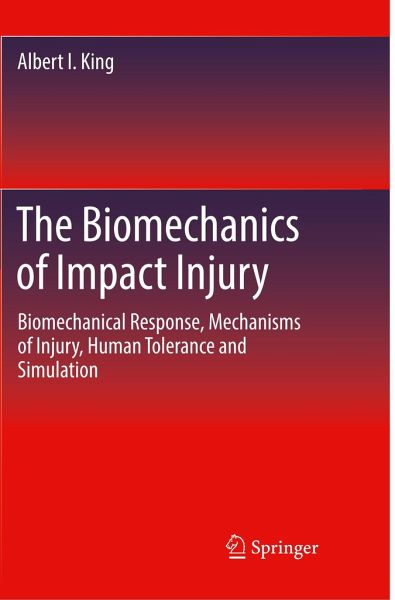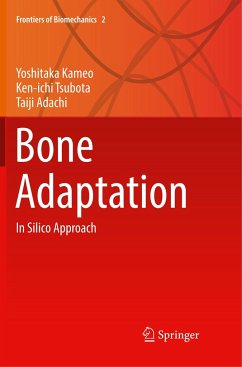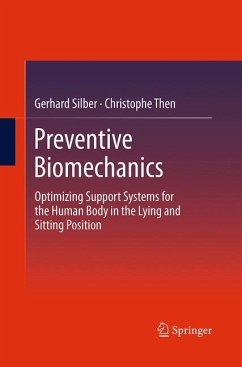
The Biomechanics of Impact Injury
Biomechanical Response, Mechanisms of Injury, Human Tolerance and Simulation
Versandkostenfrei!
Versandfertig in 6-10 Tagen
77,99 €
inkl. MwSt.
Weitere Ausgaben:

PAYBACK Punkte
39 °P sammeln!
This text acquaints the reader on the biomechanics of injury to the human body caused by impact and the use of computer models to simulate impact events. It provides a basic understanding of the biomechanics of the injuries resulting from the impact to the head, neck, chest, abdomen, spine, pelvis and the lower extremities, including the foot and ankle. Other topics include side impact, car-pedestrian impact, effectiveness of automotive restraint systems and sports-related injuries. Featuring problems and PowerPoint slides for lectures, the volume is ideal for students in graduate programs in ...
This text acquaints the reader on the biomechanics of injury to the human body caused by impact and the use of computer models to simulate impact events. It provides a basic understanding of the biomechanics of the injuries resulting from the impact to the head, neck, chest, abdomen, spine, pelvis and the lower extremities, including the foot and ankle. Other topics include side impact, car-pedestrian impact, effectiveness of automotive restraint systems and sports-related injuries. Featuring problems and PowerPoint slides for lectures, the volume is ideal for students in graduate programs in biomechanics, as well as practicing engineers, and researchers in the life sciences concerned with orthopedics.












